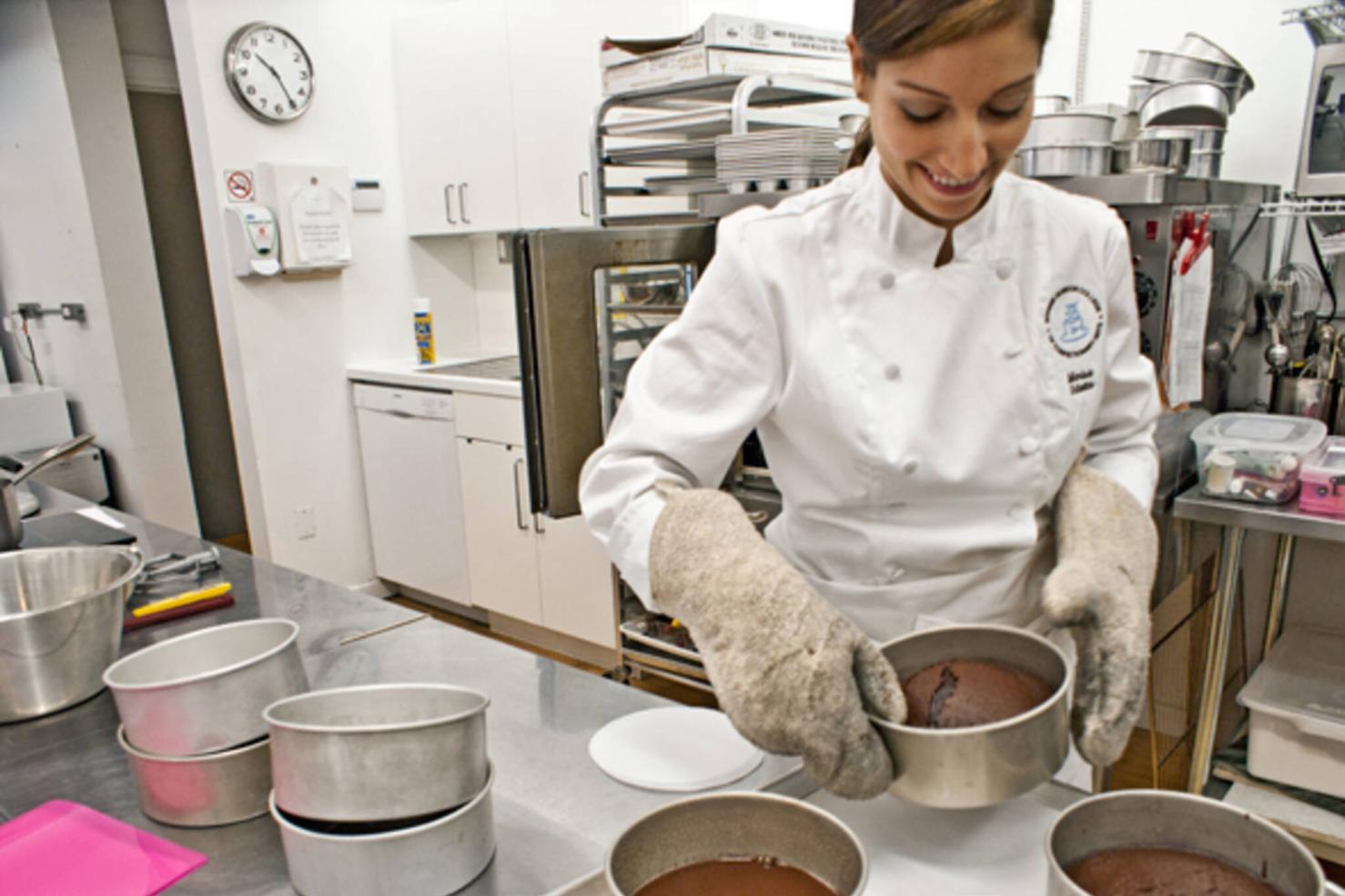How Can I Create a Successful Baking Business Plan?
Starting a baking business can be a rewarding and profitable venture, but it requires careful planning and execution. A well-structured business plan is essential to guide your business towards success. This article provides a comprehensive guide to help you create a successful baking business plan.

I. Introduction
A. Define A Baking Business Plan
A baking business plan is a roadmap that outlines the goals, strategies, and financial projections for your baking business. It serves as a blueprint for your business operations and helps you navigate challenges and opportunities.
B. Importance Of A Well-Structured Baking Business Plan
- Provides a clear direction for your business.
- Helps secure funding from investors or banks.
- Enables you to identify and mitigate potential risks.
- Serves as a benchmark to measure your progress.
II. Research And Planning
A. Market Research
1. Identify Target Audience
Define your ideal customer base. Consider factors such as age, income, location, and baking preferences.
2. Analyze Competitors
Study your competitors' strengths, weaknesses, and pricing strategies. Identify gaps in the market that you can fill.
3. Research Market Trends

Stay updated on industry trends, emerging consumer preferences, and changes in baking technology.
B. Business Concept
1. Define Unique Selling Proposition (USP)
Identify what sets your baking business apart from competitors. This could be a unique product, exceptional customer service, or a focus on sustainability.
2. Outline Products and Services

Describe the types of baked goods, pastries, or other products you will offer. Consider offering a variety of options to cater to different tastes and preferences.
3. Determine Pricing Strategy
Set prices that are competitive yet profitable. Consider factors such as ingredient costs, labor expenses, and market demand.
C. Financial Planning
1. Project Startup Costs
Estimate the initial investment required to start your baking business. This includes costs for equipment, rent, ingredients, and marketing.
2. Estimate Operating Expenses
Forecast ongoing expenses such as rent, utilities, salaries, and ingredient costs.
3. Forecast Revenue and Profit
Project your sales revenue and net profit based on your pricing strategy and estimated sales volume.
III. Operations And Management
A. Location And Facilities
1. Choose a Suitable Location
Select a location that is accessible to your target audience and has adequate space for your baking operations.
2. Design Functional Kitchen Space
Create a well-organized and efficient kitchen layout that optimizes workflow and productivity.
3. Obtain Necessary Licenses and Permits
Research and obtain all necessary licenses and permits required to operate a food business in your area.
B. Equipment And Supplies
1. List Essential Baking Equipment
Compile a list of essential baking equipment, such as ovens, mixers, and refrigeration units.
2. Determine Ingredient Requirements
Identify the types and quantities of ingredients you will need to produce your baked goods.
3. Establish Supplier Relationships
Develop relationships with reliable suppliers who can provide high-quality ingredients at competitive prices.
C. Staffing And Management
1. Hire Qualified Bakers and Support Staff
Recruit experienced bakers and support staff who share your passion for baking and customer service.
2. Develop Organizational Structure
Define roles and responsibilities within your business to ensure smooth operations.
3. Implement Effective Management Practices
Establish clear policies and procedures to maintain a productive and efficient work environment.
IV. Marketing And Sales
A. Branding And Identity
1. Create a Memorable Brand Name
Choose a brand name that is easy to remember, pronounce, and reflects the essence of your baking business.
2. Design an Eye-Catching Logo
Develop a visually appealing logo that represents your brand and resonates with your target audience.
3. Develop Consistent Branding Materials
Create a cohesive branding package that includes business cards, letterheads, packaging, and social media graphics.
B. Marketing Channels
1. Utilize Online Platforms (Social Media, Website)
Establish a strong online presence through social media platforms and a user-friendly website.
2. Partner with Local Businesses
Collaborate with local businesses, such as coffee shops or restaurants, to sell your baked goods.
3. Attend Trade Shows and Events
Participate in trade shows and local events to showcase your products and network with potential customers.
C. Sales Strategy
1. Implement Effective Pricing Strategy
Set competitive prices that align with your target audience's budget and perceived value.
2. Offer Promotions and Discounts
Run promotions and offer discounts to attract new customers and boost sales.
3. Provide Excellent Customer Service
Prioritize customer satisfaction by providing exceptional service, resolving complaints promptly, and building relationships with your customers.
V. Financial Management
A. Record Keeping And Accounting
1. Implement a Bookkeeping System
Establish a systematic bookkeeping system to track income, expenses, and financial transactions.
2. Track Income and Expenses
Regularly record all income and expenses to maintain accurate financial records.
3. Prepare Financial Statements
Generate financial statements, such as income statements and balance sheets, to assess the financial health of your business.
B. Budgeting And Forecasting
1. Create a Detailed Budget
Develop a detailed budget that outlines expected income and expenses for a specific period.
2. Forecast Future Financial Performance
Use historical data and market trends to forecast future financial performance and identify potential challenges.
3. Monitor Actual Results Against Budget
Continuously monitor actual financial results against your budget to identify deviations and make necessary adjustments.
VI. Risk Management
A. Identify Potential Risks
1. Economic Downturn
Consider the impact of an economic downturn on your business and develop strategies to mitigate its effects.
2. Ingredient Shortages
Identify potential ingredient shortages and establish relationships with multiple suppliers to ensure a steady supply.
3. Equipment Failures
Develop a maintenance schedule to prevent equipment failures and have a backup plan in place for unexpected breakdowns.
B. Develop Mitigation Strategies
1. Diversify Product Portfolio
Offer a variety of baked goods to reduce reliance on a single product.
2. Maintain Strong Supplier Relationships
Foster strong relationships with suppliers to secure reliable access to ingredients and equipment.
3. Implement Regular Maintenance Schedule
Regularly maintain equipment to prevent breakdowns and extend its lifespan.
VII. Legal And Regulatory Compliance
A. Licenses And Permits
1. Obtain Necessary Business Licenses
Obtain all necessary business licenses and permits required to operate a food business in your area.
2. Comply with Health and Safety Regulations
Ensure your business complies with all health and safety regulations and standards.
3. Adhere to Food Labeling Requirements
Comply with food labeling requirements and provide accurate information about ingredients and nutritional content.
B. Intellectual Property Protection
1. Register Trademarks and Patents
Register trademarks and patents to protect your brand name, logo, and unique products.
2. Protect Recipes and Trade Secrets
Implement measures to protect your recipes and trade secrets from unauthorized use.
3. Comply with Copyright Laws
Comply with copyright laws when using images, music, or other copyrighted material in your marketing materials.
VIII. Conclusion
A. Summarize Key Points
Summarize the key points covered in the baking business plan, reinforcing the importance of market research, financial planning, operations management, marketing, and risk management.
B. Emphasize The Importance Of Adaptability
Highlight the importance of adaptability in the baking business, as market trends and consumer preferences can change rapidly.
C. Encourage Continuous Improvement
Encourage continuous improvement by seeking feedback from customers, monitoring industry trends, and implementing innovative ideas to stay ahead of the competition.
YesNo

Leave a Reply